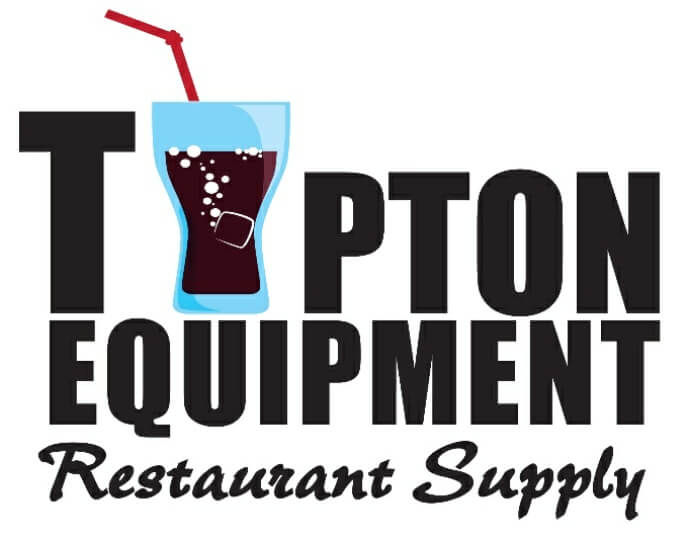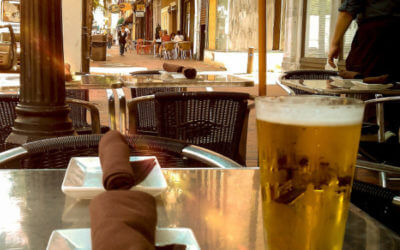Be Proactive: Assess and Address Risks in Your Restaurant
November 1, 2018As a restaurant owner or manager, you have a lot on your mind. You want employees to show up on time and ready to give great service. You want your food to be well-stocked, high quality, and ready to use.
With all of these moving parts, there are a lot of risks. You know that accidents are a fact of life, but what you may not know is that you can plan ahead for them. When you identify and minimize risks, you’ll save yourself time and money.
Here’s what you can do!
Front of the House
In the front of the house, you have the risk factors that affect your guests and servers. Take some time to walk around and notice if there are any gaps in the carpet, curled edges of rugs, or uneven floors.
You also want to make sure there are protocols in place for spills and broken dishes and glasses. Finally, think about the wet floors that can occur if it’s raining or snowing outside.
Other risk factors include the spacing of tables and chairs and the emergency processes you have in place if a guest has a medical emergency.
Finally, think about where guests and employees should go if there’s a tornado, and what the exit routes are in case of a fire. These ways should be clearly marked and employees should be trained and practice regularly!
While each of these elements represents a small risk, they are all things that should be addressed. There should be a plan in place if at all possible!
Back of the House
This is where your kitchen equipment is, and it’s the place with the most obvious risks as well. You want to be sure no equipment malfunctions, from stoves to refrigerators.
Cooks and back of house employees should wear non-slip shoes and be aware of all safety processes. They should use the kitchen equipment as intended. While there’s no problem with having fun during work, be sure they understand the importance of staying safe!
From fryers to knives to flattops and ovens, your kitchen equipment poses the most risk in your restaurant. Electrical shorts can cause fires, as can grease or too much food residue.
Address these risks with clear protocols on how to use everything in the kitchen, and easy-to-use emergency instructions in case something goes wrong.
Working Kitchen Equipment & Supplies are Essential
One of the biggest risks is when restaurant owners let equipment go too long without repairs or replacement.
Getting better kitchen equipment doesn’t have to be expensive. High-quality used items can save you money and keep your restaurant running smoothly.
Do you need help getting the right equipment for the right price? We’ve been serving Little Rock restaurants for years and we’d love to help you too. Contact us for more information today!
Philadelphia Outlaws Cashless: What it Means to You
In early March, Philadelphia became the first city in the U.S. to forbid restaurants from refusing cash payments. As of July 1, all Philadelphia restaurants will have to accept cash payments and cannot charge cash-paying customers more than non-cash ones. Several...
Types of Insurance Your Restaurant Needs
No one gets into the restaurant business thinking about insurance and paperwork, but it’s still an important part of doing business. Insurance helps protect you from natural disaster, theft, employee injuries, and liability. Many times you can get insurance discounts...
Control COGS in Your Restaurant
Restaurants are known for having razor-thin margins, but you can improve your profits if you have a good handle on your costs. That doesn’t mean you have to skimp on restaurant supplies, but it does mean you can be strategic about what you spend. Do you know your cost...



